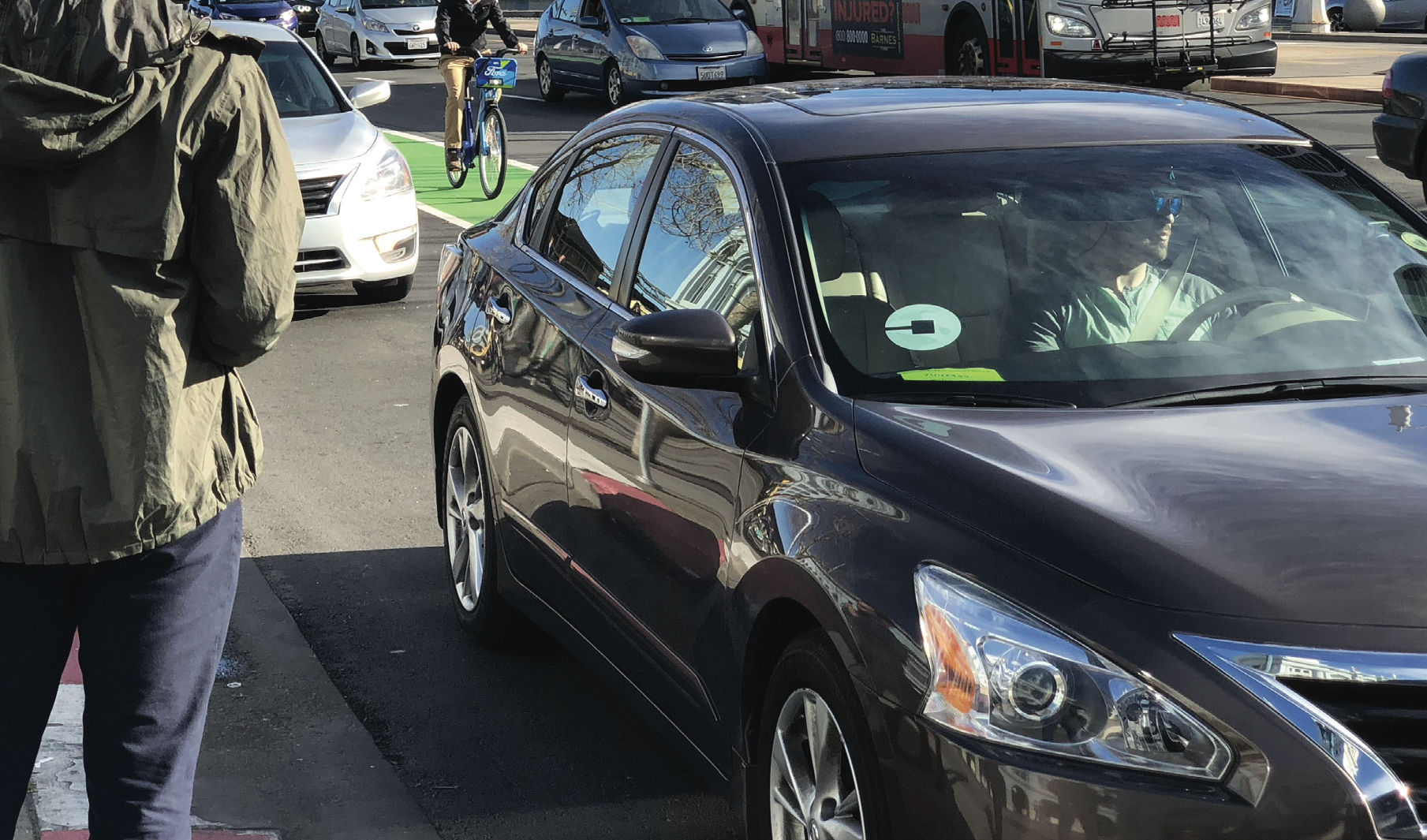jabloomf1230
Minister of Silly Walks
I have no disagreement with anything that you wrote. But the timing is the real issue for me. There were already portable cell phones when the iPhone was announced. The iPhone was just a better product. It was smaller, had a better display without a bunch of buttons and it incorporated features from the iPod media player. The equivalent robotaxi product would be a Tesla. Unfortunately, the FSD experiment hasn't gone as smoothly as Waymo's approach has. Both Google and Tesla are approaching the robotaxi technology from diametrically opposed endpoints. Waymo has developed a viable, limited geography option that is expensive. Tesla has developed an brute force option that the consumer can buy, that works anywhere in NA. Unfortunately, it isn't reliable.Sure a case can be made that robotaxis are a "novelty" right now. But every tech was a novelty at first but eventually the tech becomes common place. There was a time when the iPhone was a novelty and now everyone has one or a similar smart phone. The same will happen with robotaxis. Costs will come down, safety will increase, convenience will increase, and over time, robotaxis will eventually replace traditional human driven ride-hailing. Eventually, every car will be driverless. Just because it has not happened yet, does not mean it won't. People need to have a more future perspective and not be so fixed on how things are today. Tech changes very fast.
Both approaches to developing robotaxis will probably succeed given enough time, assuming that each company stays the course. Technology does proceed quickly, but history is also littered with the carcasses of Blackberries, Laserdisc players, Betamax VCRs and 3D TVs.




